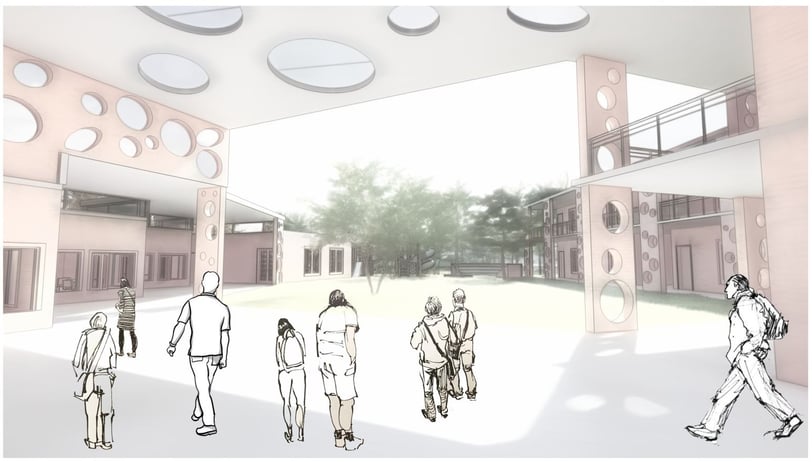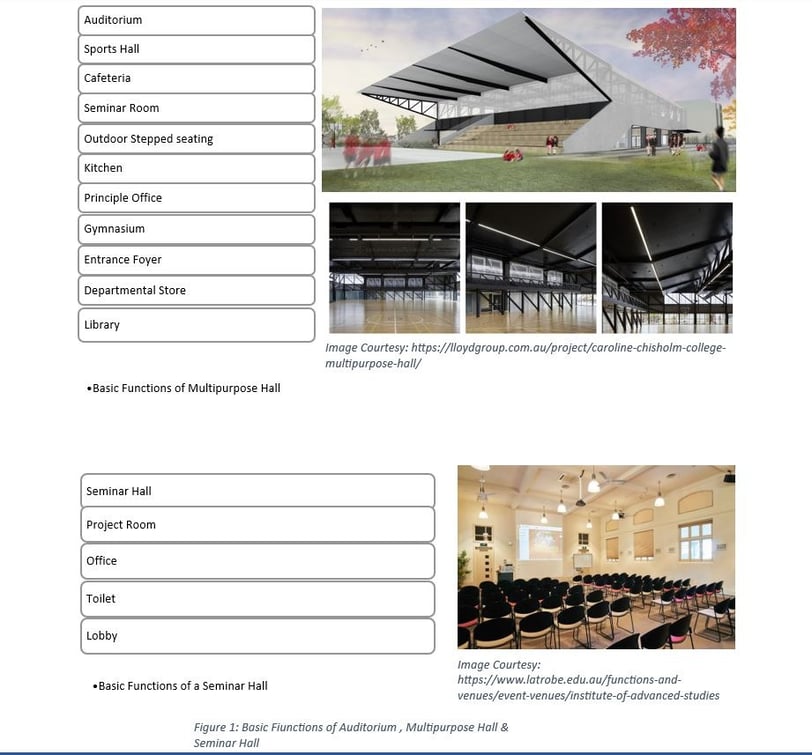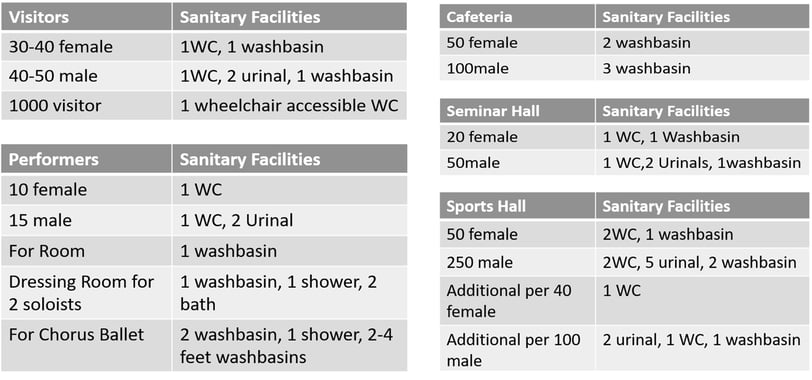Study: Functional Analysis Of Auditorium, Seminar Hall and Multipurpose Hall
In this study, We will go over the essential purposes of auditoriums, multipurpose halls, and seminar halls, as well as the variations between them and the characteristics that must be addressed for a successful auditorium, multipurpose hall, or seminar hall.
ARCHITECTURAL STUDYSURVEY
Muhammad Golam Sami
10/27/20183 min read


Image: Elementary School Project, Muhammad Golam Sami' 2018
[This study is a part of our research regarding computational simulation of auditorium acoustics and a guideline towards sustainable and cost-effective parametric design variation study of auditorium hall]
An auditorium is a structure that allows people to view and hear a performance simultaneously. That is, the auditorium is intended to provide both visual and audible stimulation. After all, the design of a great auditorium depends on our visibility and angle of visual border and eye angle, sound quality, accessibility, seating capacity and seating angle, and head and seating associated ergonomic aspects as a result of thorough analysis and use.
In this study, We will go over the essential purposes of auditoriums, multipurpose halls, and seminar halls, as well as the variations between them and the characteristics that must be addressed for a successful auditorium, multipurpose hall, or seminar hall.
The primary function zoning diagram of the auditorium, multipurpose hall, and seminar is shown in Figure 1. The theater is a subset of the multipurpose hall, including a gym, restaurant, library, outdoor seating, and other amenities. Auditoriums may occasionally include a cafeteria, which is referred to as an auditorium complex. A multipurpose hall is sometimes known as a multipurpose complex. Seminar halls are relatively small and can be combined with offices and project rooms to construct seminar hall complexes. The main auditorium can be divided into three sections: the stage, the backstage, and the sitting area.


A seminar hall is a location where a small group of students meets frequently under the direction of a tutor, professor, etc., to share knowledge, discuss theories, etc., or one such meeting or the location where it is held, or a more challenging course for postgraduates, or any gathering for conversing or exchanging information.
Auditoriums, multipurpose halls, and seminar halls all have standard requirements that must be met to be designed, and a formal study is required to ensure that these requirements are adequately met. The standard specifications of the three halls are shown in the chart below:
We will detail the auditorium standard requirements in this study and why the auditorium standard will direct us on how to design other halls.
Finally, we will look at one of these three functions: the requirement for sanitary facilities, which we have gathered from various literature reviews and field surveys.


Finally, the primary goal of this research was to shed light on various types of public hall design. In addition, we addressed some issues from the requirements study, such as the study of auditorium acoustics and different angles. In the case of a successful auditorium design, further study and research is possible with this study's computational simulation and parametric design variations, which is possible in the following chapter. Encourages labor.
References:
Neufert, E. and Neufert, P., 2012. Architects' data. John Wiley & Sons.
Long, M., 2014. Architectural acoustics. Academic press.
Cavanaugh, W.J. and Wilkes, J.A. eds., 1999. Architectural acoustics: principles and practice. John Wiley & Sons.
Meet The Author
Related ARTICLES
Related PROJECTS
An Elementary School: Designing a Path Towards Exploration
The main objective of this project was to design an elementary school for children, creating a child-friendly environment as well as designing a continuous exploration path that supports children's psychology and resists getting lost.
Image: Elementary School Project - Playground
Location: Mujgunni, Khulna; Year: 2018






